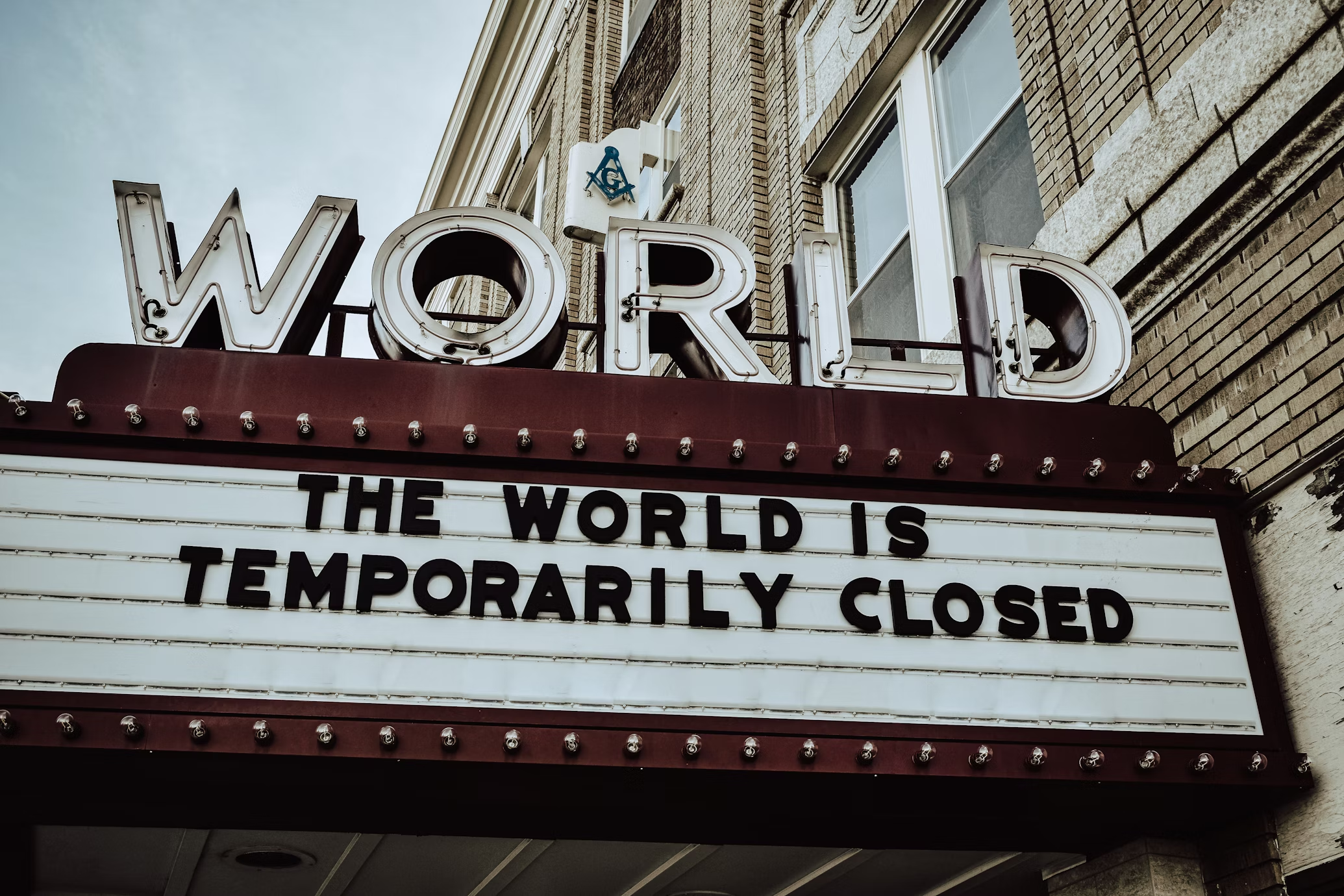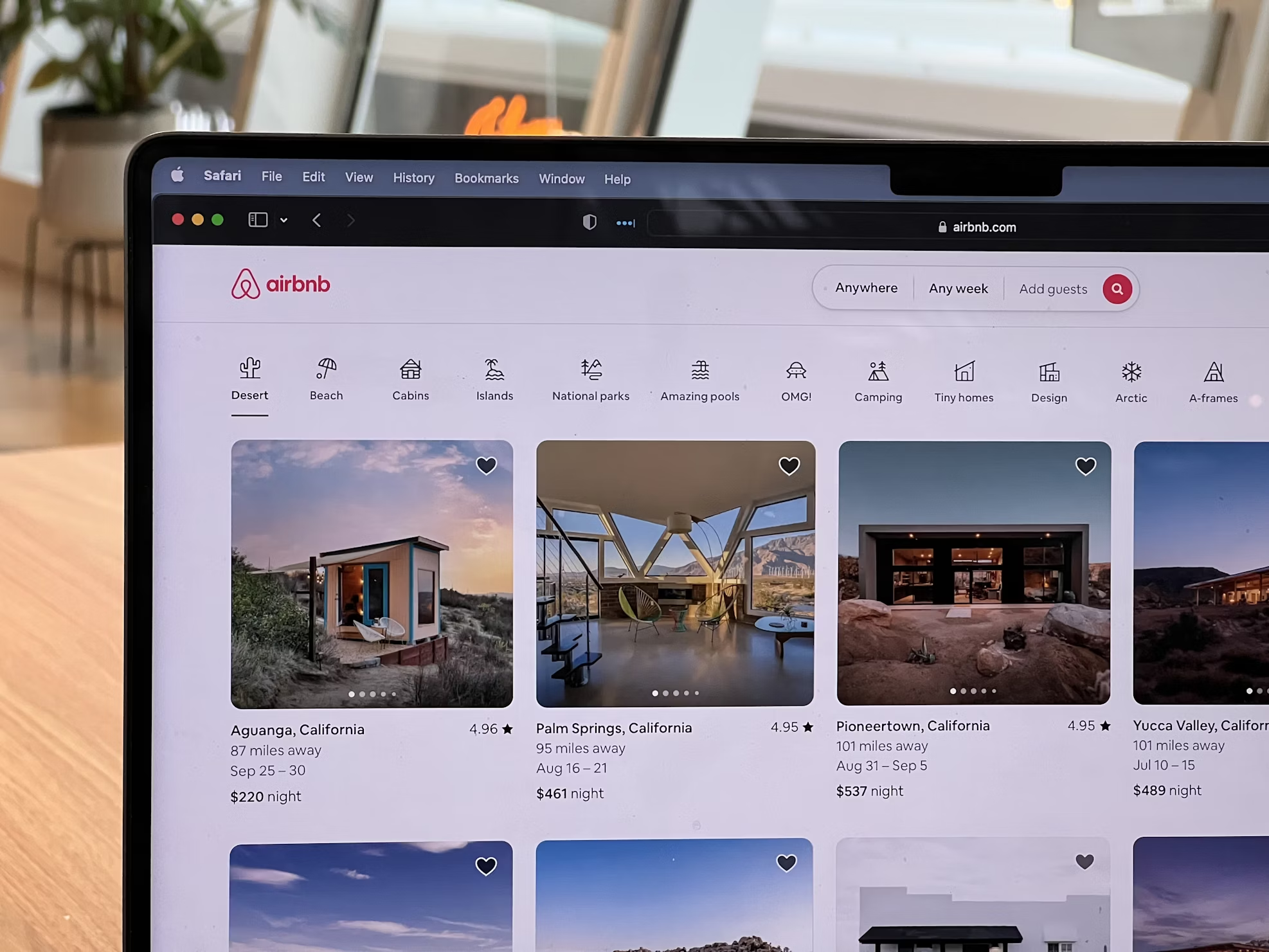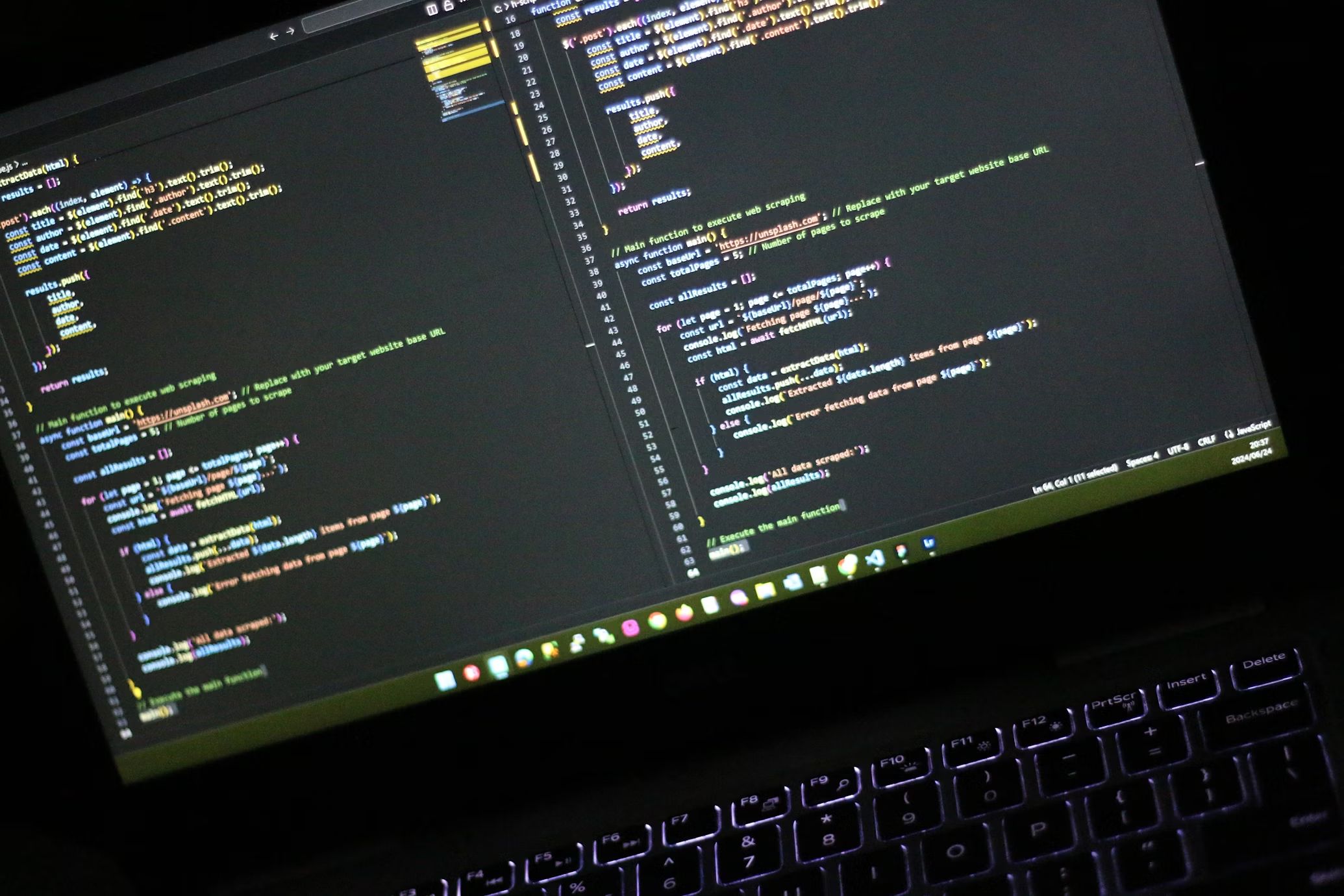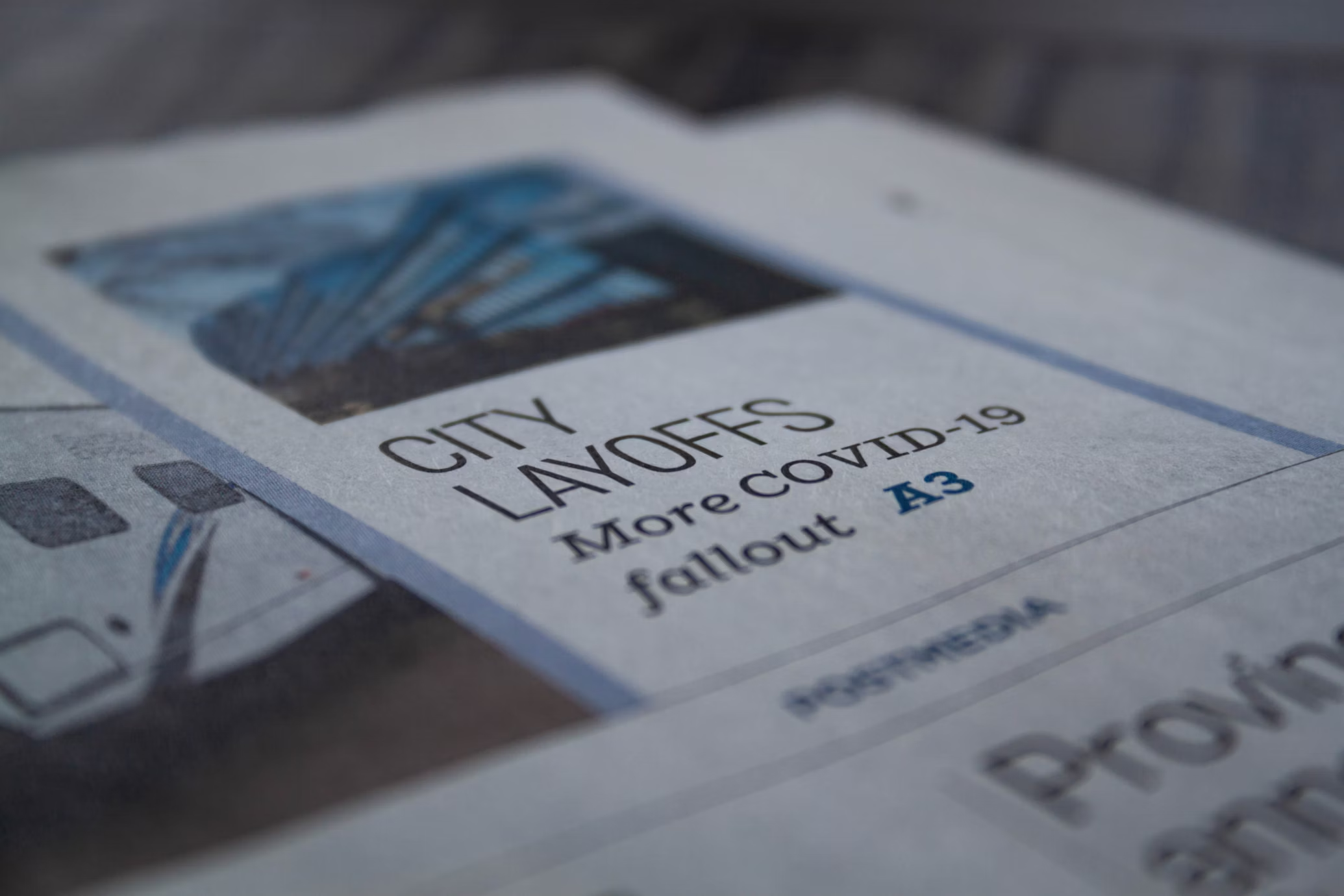
During the global health crisis, I took initiative to analyze the COVID-19 pandemic’s worldwide impact using real-time datasets.
I used SQL to clean, transform, and calculate daily cases, deaths, and vaccination metrics using CTEs and window functions.
I then visualized this using Tableau, building a dynamic dashboard that captured global disparities and trends.
This allowed users to clearly track surges, vaccination rollouts, and regional patterns, providing both governments and individuals with a visual narrative of the pandemic's evolution.

To analyze short-term rental dynamics in Seattle, I used Tableau to create a dashboard based on Airbnb listings data.
I cleaned and joined multiple datasets, then designed visualizations that broke down price, availability, and neighborhood saturation.
Users can interact with the dashboard to identify optimal pricing strategies, seasonal availability, and high-performing locations.
This project demonstrates my ability to connect raw geospatial data to business-relevant insights, making it especially useful for hosts, investors, or urban policy planners.

I analyzed the Kaggle survey dataset to uncover patterns among thousands of data professionals across the globe.
Using Power BI, I designed an interactive dashboard that displays salary trends, tool preferences, country-based breakdowns, and role comparisons.
The visualizations help both aspiring data professionals and hiring managers understand the current state of the industry.
This project not only highlights technical proficiency in Power BI but also the ability to design a story-driven, user-friendly report from raw survey data.

Faced with a messy and inconsistent layoffs dataset, I replicated the raw table into a staging environment to preserve source integrity.
I cleaned the data by removing exact duplicates, standardized company and country names, corrected date formats, and handled nulls by propagating values based on related rows.
Through SQL queries and transformations, I normalized the dataset, prepared it for exploratory analysis, and ensured it was free from structural errors—establishing a clean foundation for further insights.

To analyze the global wave of company layoffs, I performed comprehensive exploratory data analysis on a real-world dataset using SQL.
I handled missing values, standardized fields, and created new columns like total employee count using derived logic.
I then built multiple queries to uncover trends by industry, company size, and layoff stage, including yearly breakdowns and rolling monthly totals.
This project highlighted my ability to turn raw HR data into strategic insights around workforce reduction patterns.

To understand what makes a movie successful, I conducted an in-depth analysis of a dataset covering thousands of films using Python.
I cleaned, transformed, and visualized data with Pandas, Seaborn, and Matplotlib—exploring relationships between ratings, genres, budgets, and box office revenue.
Through correlation analysis and custom visuals, I identified key drivers behind highly rated or financially successful movies.
The results provided data-driven insights valuable for both production planning and streaming platform recommendations.

To help a retail client understand their bike sales performance, I built a dynamic dashboard in Excel using pivot tables, slicers, and conditional formatting.
I analyzed customer demographics such as age, gender, and income level and correlated them with purchasing patterns.
The dashboard provided instant insights into which customer types and regions drove the most sales, allowing for smarter marketing segmentation.
The result was a visual tool that enabled faster, data-driven sales decisions without the need for technical tools.







